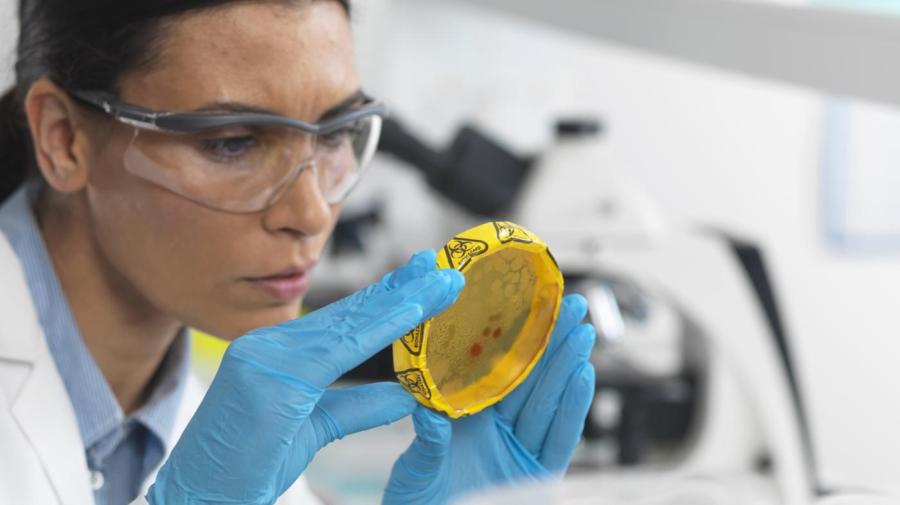What Is the Difference Between Microbicidal and Microbiostatic?

A microbicidal agent kills microorganisms such as bacteria, while a microbiostatic agent only prohibits the growth of such microorganisms. In the presence of microbiostatics, the microorganisms eventually die due to lack of reproduction. Microbicidals are irreversible and lethal, while microbiostatics are reversible.
Both microbicidals and microbiostatics come under the category of antimicrobials. Some chemical microbicidal agents are the poisonous gas ethylene oxide, chlorine, alcohols and formaldehyde. Microbiostatic agents include food additives that are used for food preservation. Heat is often used as a microbicidal agent, while cold is sometimes a microbicidal agent but is commonly more of a microbiostatic agent.





